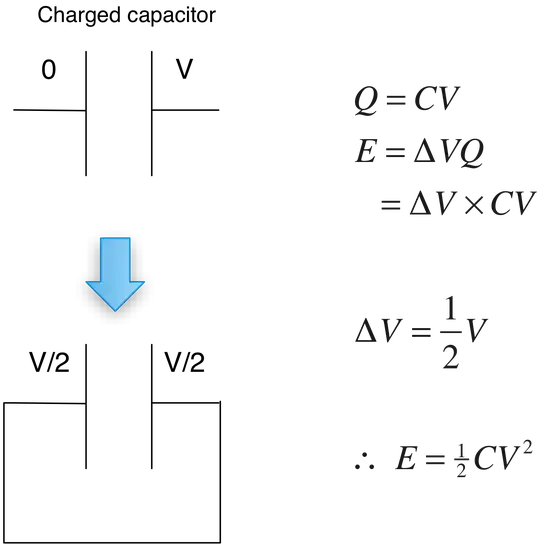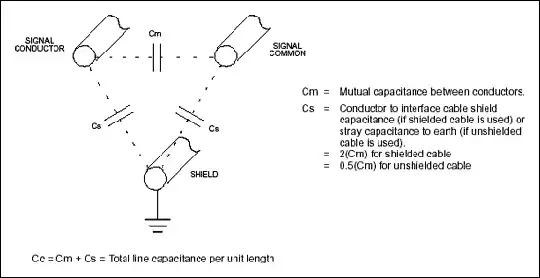I hope this is the right place for this kind of post.
A friend is trying to derive the equation for the energy stored in a capacitor by analysing the change in potential on one plate when the capacitor is shorted, however I don't think this valid. Could anyone explain why this is right or wrong?
He says that when the capacitor is shorted the potential at each plate changes by V/2 (from 0 to V/2 on one side and from V to V/2 on the other), so by substituting in V/2 into the equation he gets E = 1/2 QV, the capacitor energy equation.

